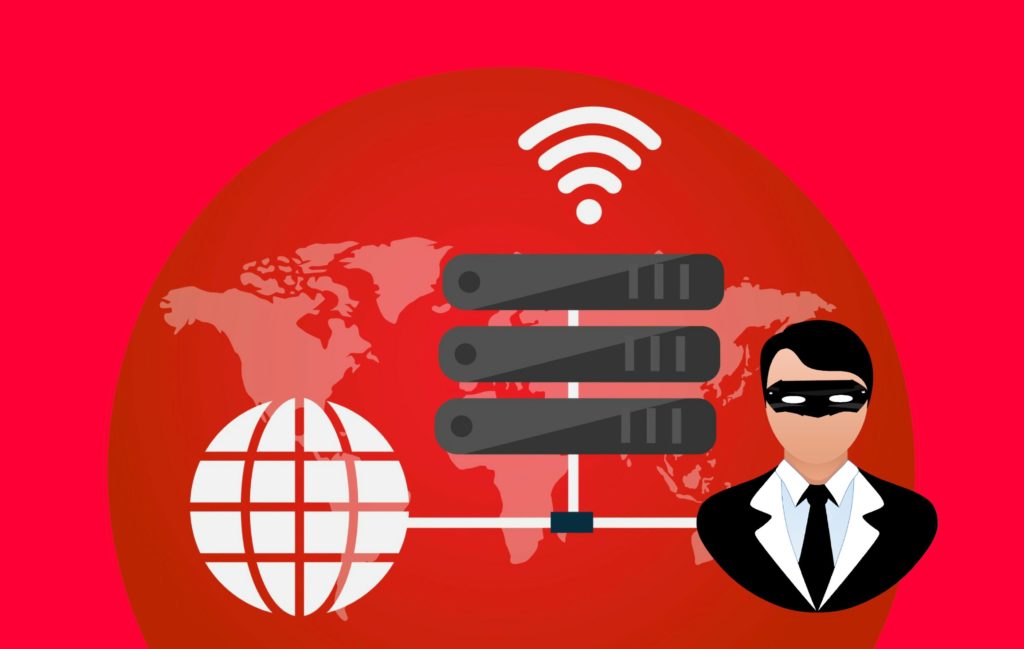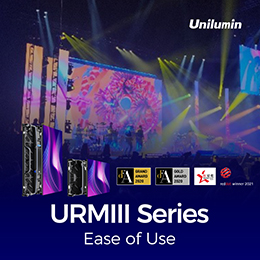Subscribe to CX E-News
Near the end of the last century, another trog was trying to convince me to get on the internet: “It’s cool, you can send files and messages anywhere in the world.” I was dismissive: “Big deal – I can already do that with phones and the post.”
I backflipped not long after, swapped faxes for emails and enrolled in an IT course to learn software development. Fast forward to now and a substantial amount of our modern 21st century life hinges on Internet connectivity. Underpinning much of that is the humble Internet Protocol.
Internet Protocol – WWWWH?
What is IP? Essentially, it is the wrapper framework that allows communication between computing devices (hosts). It is the protocol that sets the convention for how packets of data (datagrams or streams) can cross between networks. Via its routing function, these data packets can find their way from host to host with ease.
This is a part of the Internet Protocol Suite, which defines how all this data gets wrapped up correctly and sent to the right destination. A bit like the convention with postal services and letters but more strictly standardised internationally.
Layer by Layer
Like a well wrapped parcel, this suite has several layers: link, internet, transport and application. IP is the main player in the crucial second layer that enables internetworking between networks and devices within them.
The next layer up, transport, is where all the fun stuff happens. Here, bits (raw ingredients) are assembled into bytes (mouthfuls) and packaged (lunchboxes) for delivery.
This is most commonly done using either TCP or UDP. The main difference between these two approaches is that TCP maintains a connection between hosts whereas UDP is connectionless.
This makes UDP good for both short messages and long streams. Not requiring the overheads of establishing and maintaining a link to the other end makes it fast. It is used by many key parts of the Internet, such as DNS, SNMP and DHCP. It’s also particularly good for real time multimedia.
Live streams, multicast VC, online gaming and VoIP are where it shines. For most other inter-machine communications, UDP’s ‘spray and pray’ approach won’t work. TCP is a protocol that sits both above and alongside IP.
By establishing and maintaining a connection it keeps the data accurate and in sequence. Its inbuilt error checking adds another level of data reliability but there is an overhead in managing this and it does come with vulnerabilities that allow nasties such as DOS attacks.
AV over IP
This is all very dry and boring but how does it affect you? Internet aside, IP now has a direct role in gig-tech. We’ve all watched the technology used in the events industry migrate from analog to digital.
Transmission standards (both open and proprietary) have developed alongside the gear, allowing the once unthinkable such as high definition live streamed digitised video. This all needs a common language to let everything talk and work together, hence most AV platforms encompass some kind of IP standards.
There are many ways to transmit this rich media over digital means. We work with multiple excellent closed loop Tx / Rx solutions already in the market. HDBaseT, SDI and the like are standards behind some great equipment.
This is good for a closed proprietary environment but can lack easy integration with existing data networks or AV equipment from competing universes, leaving you locked into a manufacturer protected cosmos.
Physical limitations of the cable length or hardware matrix slots are other downsides. Alternatively, infinitely scalable AV transmission is possible on open IP based networks and devices.
Need more connections – add a router or switch. Need to add device XYZ from manufacturer ABC and, assuming some standard IP connectivity, whack it on the network, assign it an IP address and start talking.
As with all choices, there are pros and cons here. IT managers are rightly concerned by the security and performance of the IP networks that they are responsible for.
Keeping AV isolated from IT is one way to manage this but is increasingly a more expensive and less flexible solution than integrating it.
What’s your address?
Banks, utilities, government services and businesses all rely on being able to communicate electronically with one another; each device and node interdependent on being able to identify and locate each other.
Without a commonly accepted standard convention to do this by, the task would be near impossible. This is done with IP addresses.
Every host has a unique IP address. On internal networks, a router or DHCP server will allocate this but you can make it static if desired. A common default is 192.168.1.1, a 32-bit address comprised of four 8-bit numbers separated by dots (.).
On external networks (such as the Internet), this public address will be different and assigned by your telco. Until recently, these addresses used the IPv4 standard. This was all good until most of the 4.3 billion public addresses started to get used up.
The new standard, IPv6, uses 128 bits in its structure and consists of 8 hexadecimal values separated by colons (:). An example looks like 2001:0000:3238:DF E1:0063:0000:0000:FEFB in raw form but can be truncated to something like this: 2001:0:3238:DFE1:63::FEFB.
IPv6 has been hanging around since 1998 but is only slowly being widely adopted. With 340 trillion trillion addresses available, it’s unlikely that we’ll run out of those soon. The billions of devices promised by the Internet of Things (IoT) will struggle to dent that number.
IoT
There is plenty of hoopla about how IoT will connect everything and simplify our life. Whether this is a techno pipe dream or not is hard to tell but as Moore’s Law pushes powerful computing devices ever smaller and our endless gadget fetish enables ever more connected devices, it looks here to stay.
The utility services and their evolving smart grids mentioned above are but one small part of this revolution. Security (individual, commercial and societal), manufacturing, building and vehicular automation, fleet management, freight and inventory tracking and a whole bunch of devices that don’t even exist yet will join the deeply enmeshed realm of information sharing via IP.
5G will get here soon enough, Huawei or not. Its inherent low latency and high data rates are a boon for IoT devices. Let’s watch this space evolve.
Security & Privacy
The rewards of convenience come with risk: all these devices are always connected to the cloud, all their data compiled on a server farm somewhere over the rainbow. Each little bit of data is rich for being mined but richer for being monetised. Commercially, this can lead to better business productivity decisions. But leave the door open wide enough and hackers or competitors will walk right in.
IP based technologies are always being tested for breach points by curious individuals and nebulous forces, so online security is a very real thing for everyone, businesses and people alike.
It is still a weak point with many IoT implementations.
Personally, your online presence and profile is more likely potential fodder for commercial interests than dark actors. Quite possibly, a server somewhere out there knows what your fridge thinks, when your washing is done and when Tiddles has soiled the litter tray.
Orwellians might be more concerned by your phone, endlessly geo-locating and making you the product rather than the consumer. Just keep your bank details safe and try to avoid getting phished for scams and malware.

IP freely now
Before I converted to the digital world, I thought computers and their connectivity was some boring plod thing that the D&D set tinkered with – maybe cool in concept but pretty dull in reality.
Adding IP as a layer to connect these geeks together has enabled a whole new way of living, working and playing for all of us, even reformed Luddites like me!
Without Internet Protocol, we’d still be:
> sending smudgy faxes and posting printed material around the world,
> dragging fat, heavy multicores from show to show,
> having to actually look in the fridge to see if we need more milk …
Ping away IP…
GLOSSARY
IP: Internet Protocol
UDP: User Datagram Protocol
TCP: Transmission Control Protocol
DNS: Domain Name Server
SNMP: Simple Network Mail Protocol
DHCP: Dynamic Host Control Protocol
VC: Video Conference
VoIP: Video Over Internet Protocol
DOS: Denial of Service
D&D: Dungeons & Dragons
Related reading from CX Network:
Network Switches by Simon Byrne, CX Magazine, Sept 2020 (links through to other recent Tech Talk articles about show-orientated networks)
https://www.cxnetwork.com.au/network-switches
Protect Your Business From Ransomware – An Urgent Guide (14 Sept 2020)
https://www.cxnetwork.com.au/protect-your-business-from-ransomware-an-urgent-guide
CX Magazine – September 2020
LIGHTING | AUDIO | VIDEO | STAGING | INTEGRATION

Entertainment technology news and issues for Australia and New Zealand
– in print and free online www.cxnetwork.com.au
© VCS Creative Publishing
Subscribe
Published monthly since 1991, our famous AV industry magazine is free for download or pay for print. Subscribers also receive CX News, our free weekly email with the latest industry news and jobs.
















